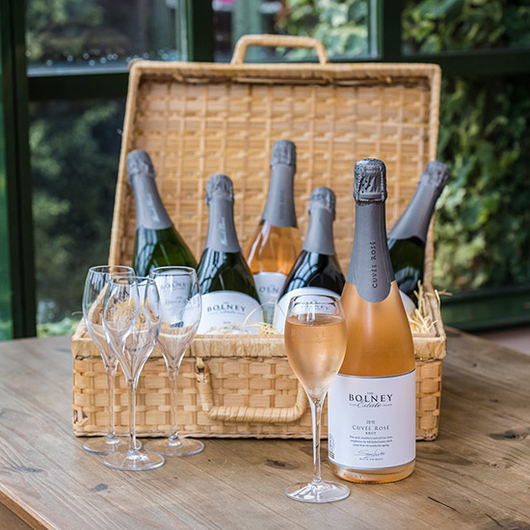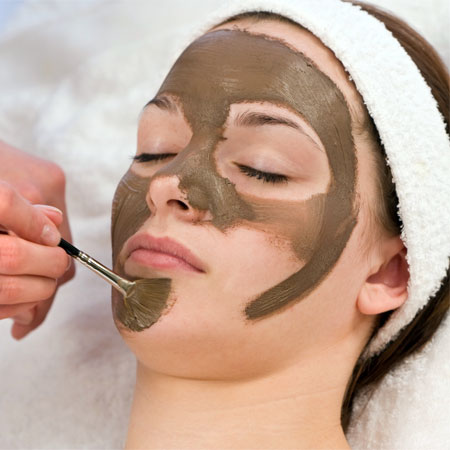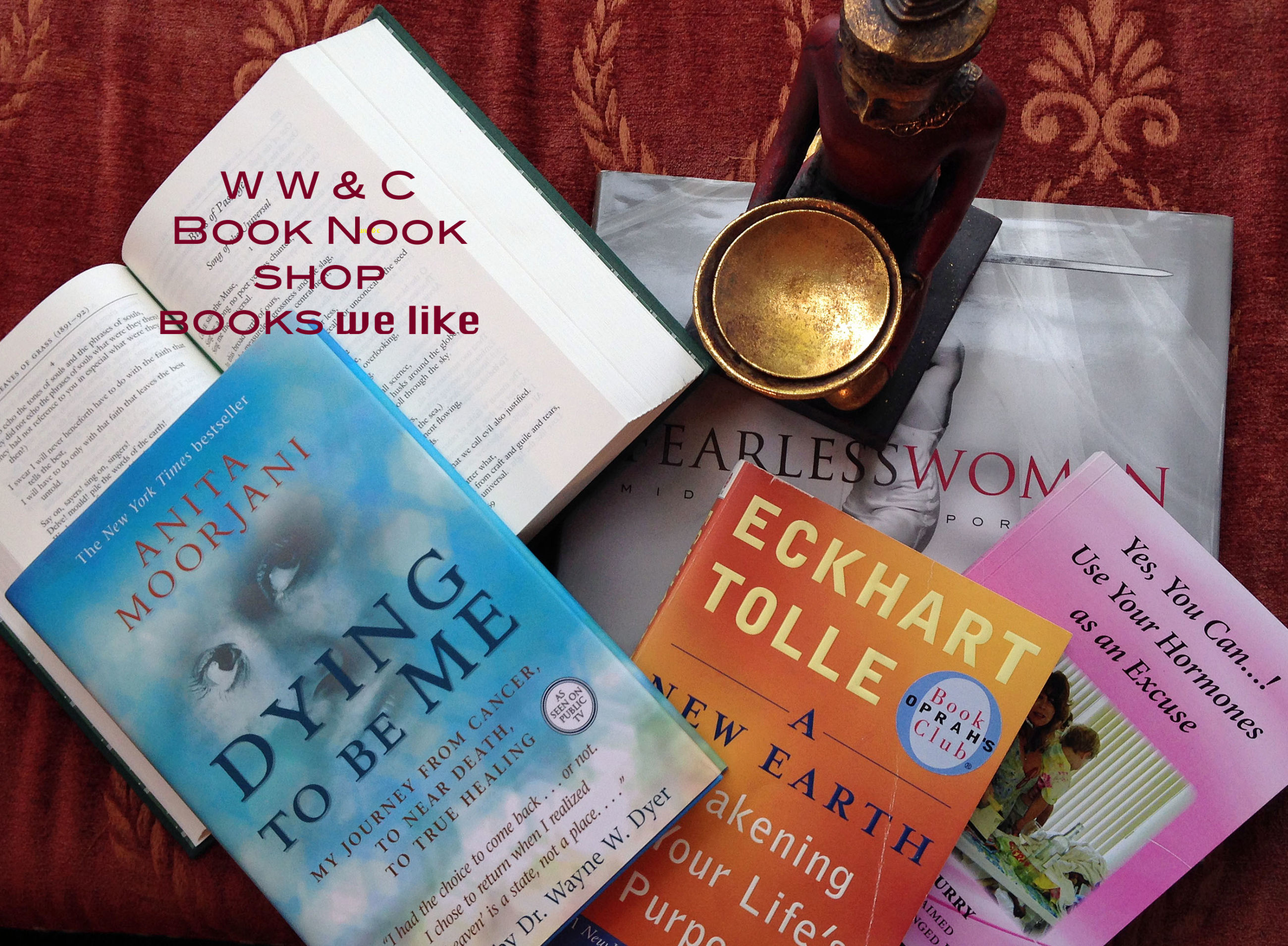English wine does not have a glorious recent history, but in the last ten years, the market has improved exponentially. Here, why now is the time to get into English wine—and a few bottles to get you started.
“They make wine in England?” This is the reaction I get when I’m in wine-producing countries and I mention my love of English wine. The locals look baffled: Why don’t you just buy our delicious vinho verde or sherry or Saint-Chinian? The next question they ask is, “Is the wine any good?” English wine does not have a glorious recent history (though apparently some great wines were made in the 13th century), but in the last ten years, the wines have improved exponentially.
That’s starting from a very low point, admittedly. English wines used to be a joke. I remember my first taste of an English wine at a wedding in a country house in Suffolk where the winemakers grew their own grapes. It was initially quite sweet, then chalky, followed by masses and masses of acidity. This wasn’t a German mouth-watering acidity; this was acidity so hard it reminded me of the stone floors of the boarding school I attended. It was an acidity that spoke of draughty corridors, bad food and lack of parental affection. And there was no fruit at all.
The problem with England is not just that it’s cold—it is—but that it’s also gray and wet. There’s not enough sunshine to ripen grapes properly and the damp makes them prey to rot. Most English wines were made from ignoble varieties, sometimes hybrids, grown in the wrong place and not properly ripened. It was thought that there was no money to be made, so winemaking was in the hands of enthusiastic amateurs; the results reflected this. Winemakers overcompensated for lack of ripeness by adding sweetness in the form of sugar or unfermented grape juice, which produced pale imitations of bad German wines.
Thankfully, the standard has improved hugely in the last 20 years. There’s a new professionalism to the business. Growers are beginning to match the right grape varieties to the right land, a process that takes time and commitment. Previously, the amateur nature of the business meant that grapes were planted in a rather haphazard manner. But there’s now a world-renowned wine school at Plumpton (even the name suggests good healthy grapes) near Brighton. And Roseworthy-trained winemaker Will Davenport has won plaudits for his organic estate in Sussex, no mean feat in such a damp climate. Owing to our unreliable summers, we need early ripening grapes—and winemakers are finally figuring out which work best. These are usually German crosses created at Geisenheim but now rarely used in their home country with its hotter, longer summers. Grapes such as Huxelrebe, Reichensteiner, Phoenix and Bacchus are the backbone of the English wine business. There are also French varieties, Pinot Gris, Auxerrois, Pinot Blanc and the three Champagne varieties. Last year, England produced over 6.3 million bottles of wine.
So just how good are these wines? The most reliably delicious, to my taste, are made from Bacchus. Not a distinguished variety in Germany, it thrives in England and creates dry whites of about 10 percent alcohol that taste of elderflowers and sometimes peaches. The flavor is not unlike a good (though not great) Loire Sauvignon Blanc. The biggest producer, Chapel Down, makes a good one that retails for about $17. Ambitious producers also make Chardonnays, Pinot Gris, oaked blends and even red wines from Pinot Noir. Some of these can be convincing, but they tend to be expensive—and unless you specifically want to buy English, there’s no reason why you shouldn’t drink Alsace or Burgundy.
With sparkling wine, however, it’s a different story. Two thirds of English wine is sparkling. Parts of Sussex, Hampshire and Kent, counties south of London, have soil and latitude identical to Champagne. Summers are cooler because of the maritime climate, so the wines have more acidity than their French rivals. The noble Champagne grapes have been planted, and much money has been invested. The wines can be seriously good, not just English good. The best are like particularly chiseled blanc de blanc Champagnes.
They age, too. British wine critic Jancis Robinson recently conducted a tasting of one of the oldest producers, Ridgeview, back to 1996, and was impressed by how some have developed. In fact, with all that acidity, they do need bottle age. The 2010s are now drinking extremely well. Ridgeview bottles have been available in New York since 2011, and just this year the the label acquired a Washington distributor; now the wines are also available in Virginia, Maryland and South Carolina. Other top sparkling wine producers, Hush Heath, Bolney Estate and Camel Valley, now have a Chicago-based distributor, Tenzing Wines, and should be available starting this month.
These bottles aren’t cheap, but they are worth it. If I’m spending $40 on a sparkling wine, I’ll often go English rather than Champagne. Buy carefully, however; some of them can be something of an acquired taste. It’s that old boarding school acidity, I’m afraid. It’ll take some serious global warming before the French need to worry.
Here, six English wine producers to look out for:
Camel Valley: This long-established estate in Cornwall produces excellent sparkling wines. camelvalley.com
Hush Heath: From Kent, the fruit-growing capital of England, Hush Heath makes good sparklers under the Balfour label, as well as some convincing still Pinot Noir. hushheath.com
Bolney Wine Estate: One of the most impressive estates in England right now, Bolney makes good sparklers, ripe Pinot Noirs and Autumn Spice, a delicious blend of Germanic varieties. Their Blanc de Blanc 2009 has also been picking up plaudits recently. bolneywineestate.com
Ridgeview Wine Estate: A stalwart sparkling wine producer. Also make wines for other labels. ridgeview.co.uk
Wiston Estate: Some of the most highly lauded and expensive English sparkling wines. wistonestate.com
Gusbourne Estate: Very good sparklers and perhaps England’s most convincing still chardonnay, the Guinevere. The 2011 reminded me of something expensive from Margaret River in Australia. gusbourne.com
http://www.foodandwine.com/blogs/2015/10/26/now-time-start-drinking-english-wine?xid=NL_WINELIST111115EnglishWineWorthDrinking





 Hi I’m Catherine, founder of Wine Women And Chocolate. Want to become a contributor for Wine, Women & Chocolate? Interested in sharing your unique perspective to a group of supportive, like-minded women?
Hi I’m Catherine, founder of Wine Women And Chocolate. Want to become a contributor for Wine, Women & Chocolate? Interested in sharing your unique perspective to a group of supportive, like-minded women?